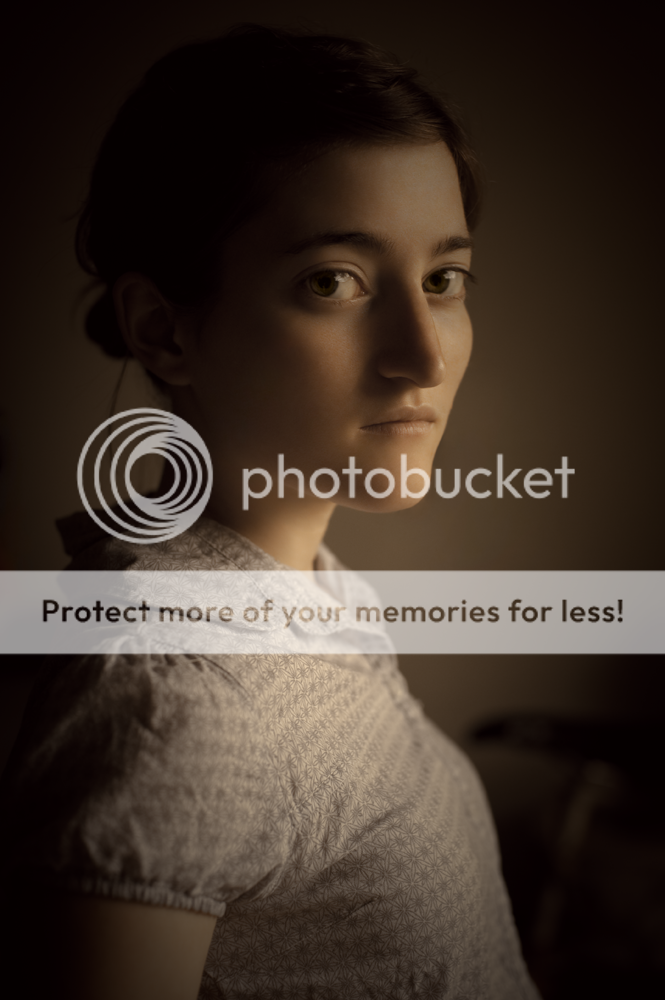Leonardo Boher
pro member
Hey people,
Wanting to know what about lighting full bodies and close ups. What's the best lighting for each one of those possibilities.
I get realized that using the same light for full body doesn't work so good in Portraits but cannot figure why.
Any tip is welcomed!
thanks in Advance!
Ø3
Wanting to know what about lighting full bodies and close ups. What's the best lighting for each one of those possibilities.
I get realized that using the same light for full body doesn't work so good in Portraits but cannot figure why.
Any tip is welcomed!
thanks in Advance!
Ø3

